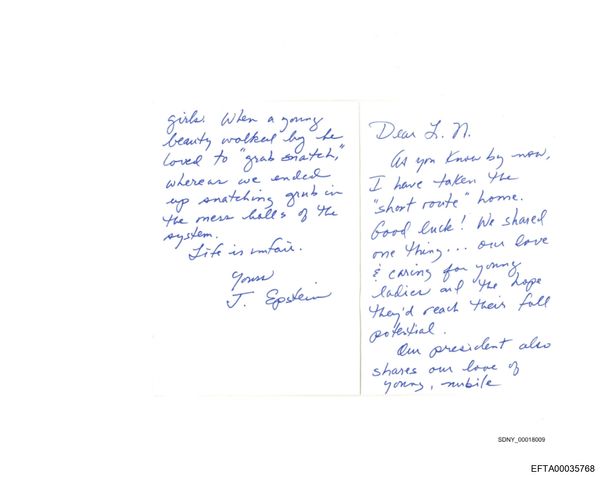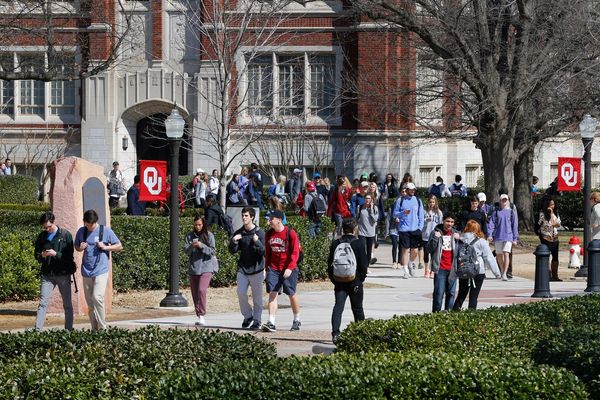
What are tiny corpses, each nestled inside a little wooden coffin, doing in an exhibition about the art and science of anatomy? They are, after all, crudely carved artefacts without any pretensions to medical accuracy. But these exhibits are part of one of the most notorious episodes in the history of anatomy, for they seem to have been made and buried outside Edinburgh as a folk art memorial to the victims of William Burke and William Hare.
Burke and Hare, this exhibition shows with clinical precision, were monsters produced by science. They killed 16 poor, marginalised people in just a few months to provide bodies for the city’s competitive anatomy teachers. Edinburgh was the capital of the Scottish Enlightenment, a centre of medical research and teaching renowned across Europe. One anatomy student at Edinburgh University in the early 1800s was Charles Darwin. His damning verdict on his teacher is recorded here: “Dr Munro made his lectures on human anatomy as dull as he was himself, and the subject disgusted me.”

Darwin’s dull lecturer was known as Monro Tertius, because he had inherited his post as university anatomist from his father and grandfather. Independent medics ran their own, funkier anatomy classes. The brilliant Dr Robert Knox, who had his own school, appears in this show mid-lecture, in a portrait by the pioneering photographers David Octavius Hill and Robert Adamson, raising his right arm, a clawing hand outstretched. With his glaring eyes and commanding gesture, he could be raising the dead.
Which was exactly what Edinburgh’s body-snatchers were doing. A massive iron box called a mortsafe, inside which a coffin would be locked, shows the terror inspired by the city’s resurrectionists. There’s also a model of one of the watchtowers built to guard cemeteries: you can find a surviving one on Edinburgh’s Calton Hill.
Knox found an even fresher flesh supply when Burke and Hare started selling him bodies in 1828. He appears not to have asked any questions. They were in fact murdering lodgers in Hare’s cheap flophouse. The pair were caught after witnesses found the body of their final victim, Mary Docherty, in Hare’s place – but by the time they roused the police, it had been spirited to Knox’s dissecting room, where it was found. So Knox was guilty too – wasn’t he? And yet he escaped punishment. So did Hare, who blamed Burke in court. The only one to be executed was Burke.

And here he stands in a glass case. His skeleton has to be one of the weirdest art exhibits I have ever seen. Anatomy becomes personal when you know whose bones you are studying. Burke has been preserved like this as part of his punishment. It was considered fitting that a man who killed for science should himself become a scientific specimen. Follow that logic if you can.
But it isn’t just his bones that turn this exhibition into a horror show. There are also life masks cast from the faces of Burke and Hare in prison, as well as Burke’s death mask. They are lit from above in a pleasingly spooky way, their alert white features looking as if they might open their eyes any second.
Anatomy, it seems, is a science that can’t ever be cleansed of horror. That is made explicit here by William Hogarth’s print The Reward of Cruelty. It satirises an act of parliament in 1751 that condemned the hanged to have their bodies dissected after death: such evisceration was thought to be so feared by the poor that it would help deter crime. Hogarth shows a dog eating the dead man’s entrails as dead-eyed doctors watch a surgeon thrust a hand into his opened chest, while another gouges out an eye.
You can see how Hogarth is also parodying the art of anatomical illustration itself: his print mocks the frontispiece of the first ever anatomy book, Of the Fabric of the Human Body, by Andreas Vesalius. Its 1543 depiction of a crowded anatomy theatre shows this celebrated Renaissance scientist lecturing over the body he is personally dissecting.

This image, probably by a pupil of Titian called Jan van Calcar, is a clue to the real nightmare this exhibition unfurls. For the crimes of Knox, Burke and Hare don’t stand alone. They epitomise a science that has served humanity yet also, on this exhibition’s evidence, enshrined some disturbing hierarchies. The show starts with three drawings by Leonardo da Vinci that are pure works of curiosity and compassion: a sketch of the human bowel that looks like a magnificent flower, a heart like the interior of a cathedral. Leonardo was untainted by power when he did these 500 years ago. He did not attend or teach at a university. As soon as Vesalius started teaching dissection at Padua University, knowledge got corrupted by authority. For you can’t help noticing all the students in his lecture theatre are male, while the body being dissected is that of a woman.
Waxworks of dissected female bodies add to the sense that anatomy was in no way a neutral social activity. No wonder this science was feared. To the poor, the anatomist’s knife was just one more confirmation of the social order. Allan Ramsay’s 1750 portrait of Alexander Monro – Monro Primus, founder of Edinburgh University’s anatomical dynasty – shows him, not up to his elbows in a corpse, but elegantly clad, distinguished and sharp as he faces us from under his white wig. He’s the image of Enlightenment. But everywhere you look in this gripping and troubling exhibition, you glimpse Dr Jekyll turning into Mr Hyde.
• Anatomy: A Matter of Death and Life is at the National Museum of Scotland, Edinburgh from 2 July to 30 October.







